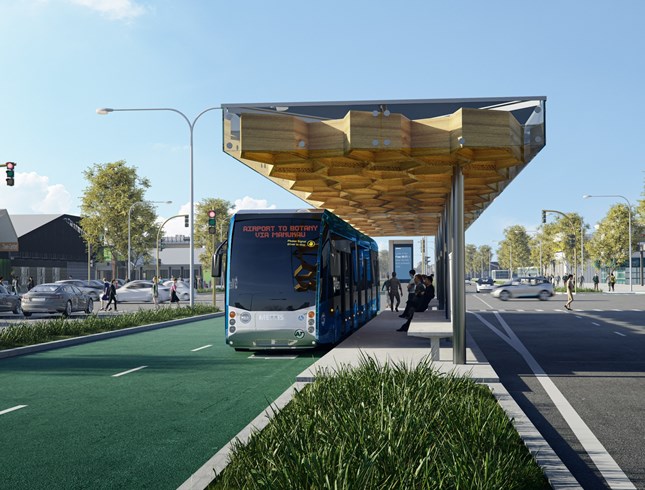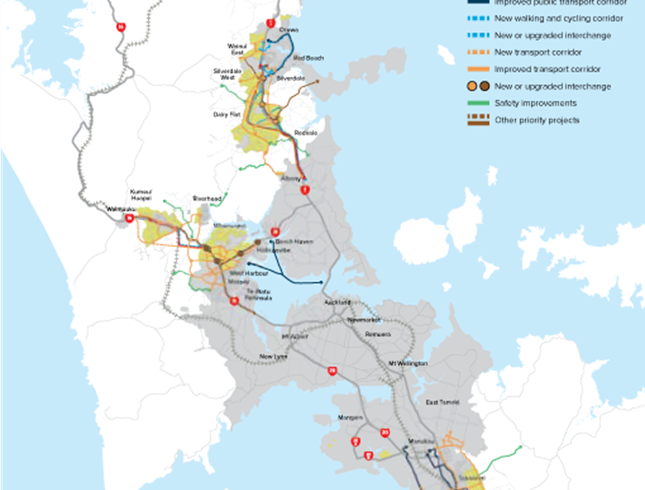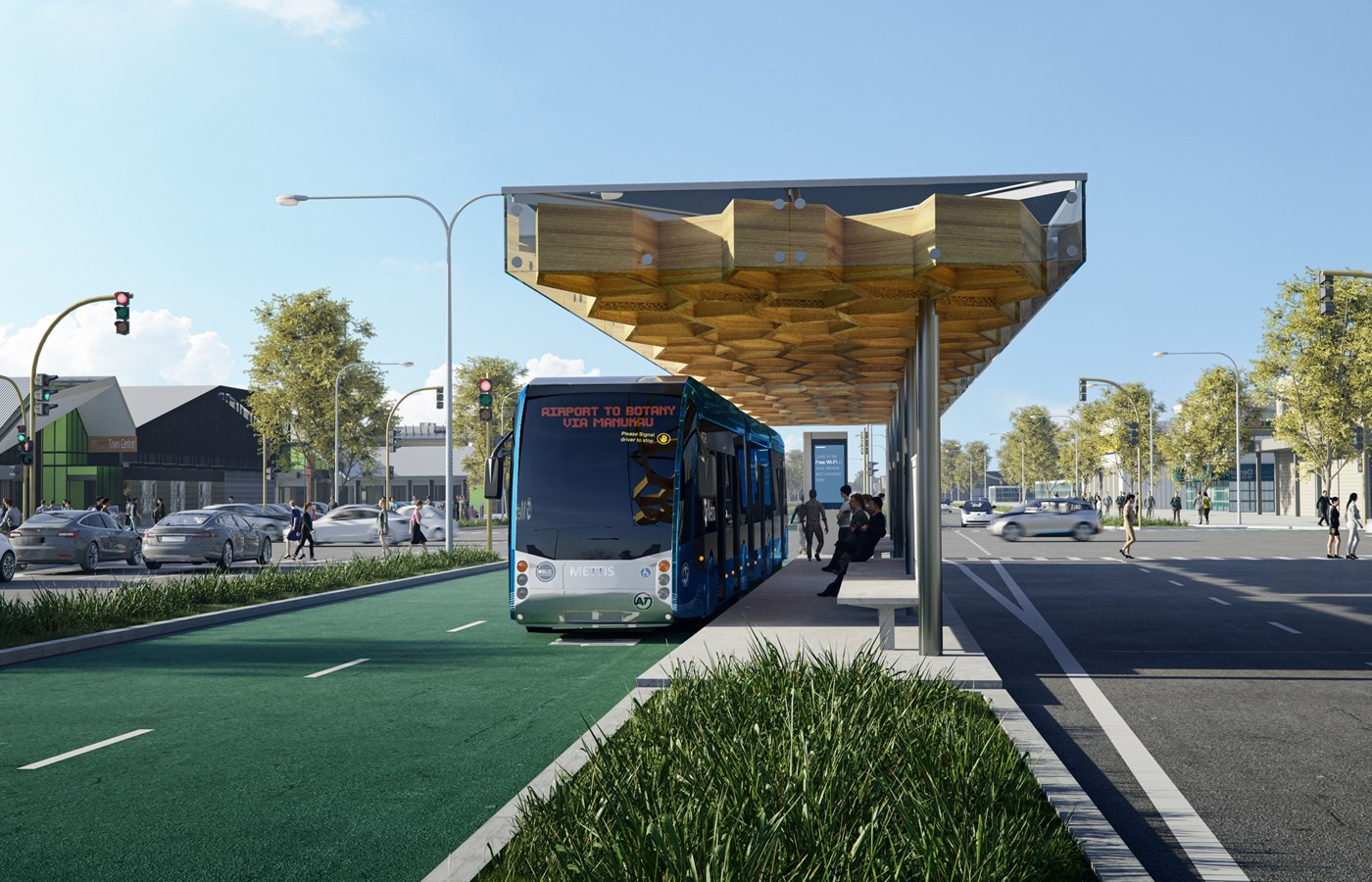Client
Te Tupu Ngātahi Supporting Growth Alliance
Location
Auckland, NZ
Completion date
2019 - ongoing
Te Tupu Ngātahi Supporting Growth is a collaboration between Auckland Transport and Waka Kotahi NZ Transport Agency. The Alliance also includes consultancy firms (AECOM and Beca) and legal providers (Bell Gully and Buddle Findlay). Marshall Day Acoustics is subcontracted via Beca to assist with the acoustic aspects of the programme.
The Alliance is responsible for investigating and planning more than 70 transport projects to support urban growth in Auckland over the next 30 years. The programme aims to consent transport infrastructure for future growth in the Future Urban Zones and other growth areas surrounding Auckland now, before new homes and communities are built. The transport infrastructure focuses on options for walking, cycling, public transport, and driving.
The Future Urban Zones are proposed to house some 350,000 additional people by 2050, so getting the infrastructure consented and protected now means that future communities can be planned appropriately.
Te Tupu Ngātahi Supporting Growth is uniquely positioned to protect future transport infrastructure corridors from development to ensure the land is available to construct, operate and maintain the infrastructure when it is needed. The projects are located all over Auckland, roughly in the following areas:
- North
- North West
- Warkworth
- Airport to Botany
- Takaanini
- Drury (road and rail)
- Pukekohe
Images courtesy of Te Tupu Ngātahi | Supporting Growth

Our Brief
Marshall Day Acoustics was originally engaged to provide oversight and review of the acoustic assessments undertaken by others, and represent the Alliance in hearings, should difficult issues arise. This role changed over time as the scale of the projects became clearer. The sheer number and size of the programme meant that beside the review of the acoustic assessments of all projects, we also prepared the assessments for a number of the projects. The work involved noise and vibration assessment through detailed business case design, notification, and consenting through Council hearings.
Our role allowed us to work closely with other acoustic consultants, building relationships and developing consistent assessment methodologies for transportation projects that will enable a more streamlined approach to noise and vibration assessments in the future.
Challenges
The most challenging aspect of the Te Tupu Ngātahi Supporting Growth projects is their future focus.
While potentially affected parties would like to have certainty about timing and effects, the suite of projects is to route protection stage only. Route protection means that, beyond the location and width of the designations, any further information has some uncertainty attached to it.
It is unclear when and in which order projects will be constructed, how long construction will take and what the receiving environment will be at that time of implementation. Discussion about integration with the future environment was a focus during the Council hearings for each of the projects. Our work required balancing of competing interests: providing sufficient information to obtain designations for the projects while still enabling appropriate flexibility to ensure the best practicable outcome can be chosen when a project is built in future years.


